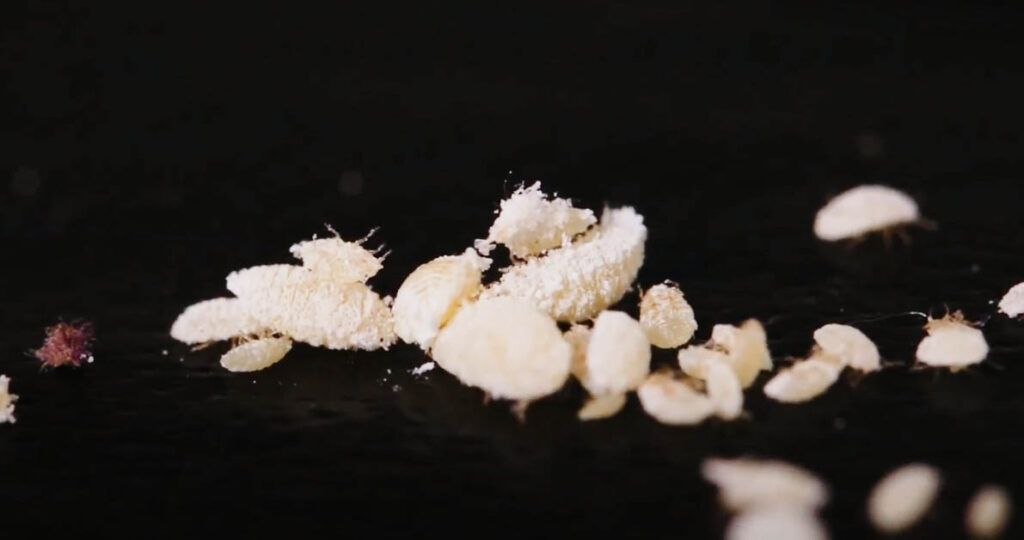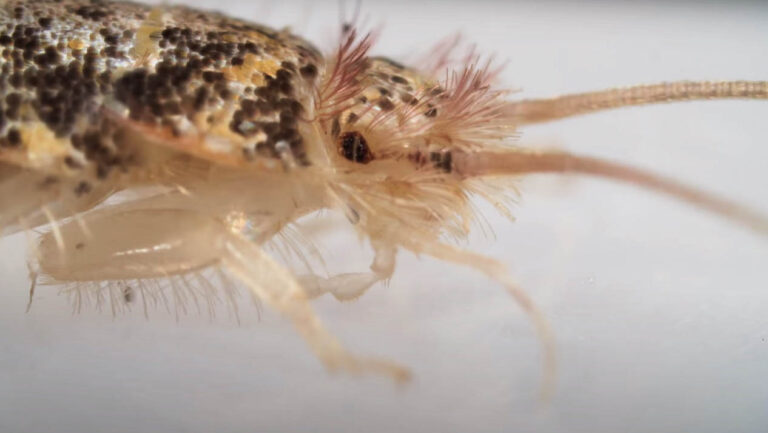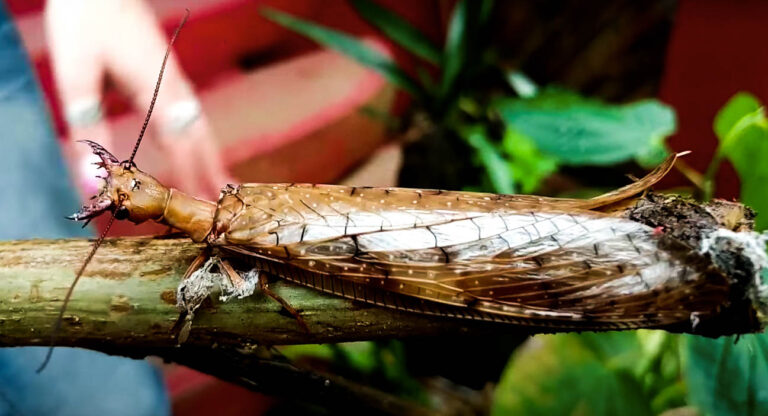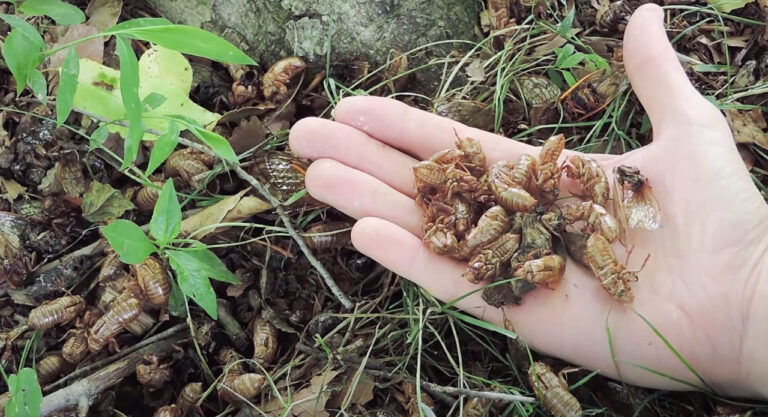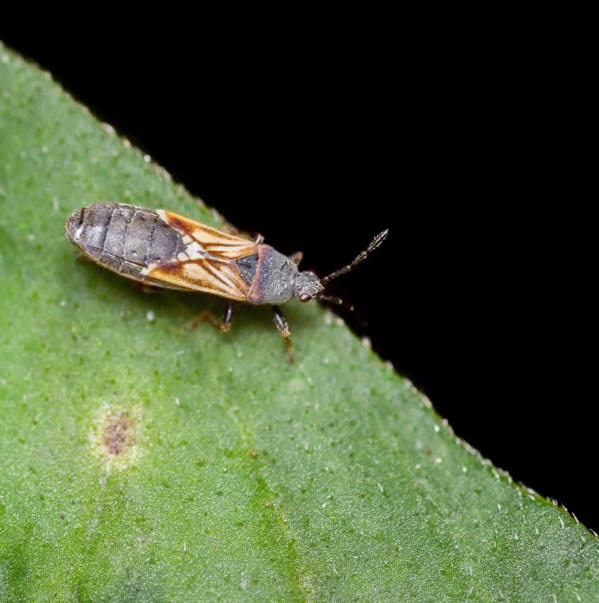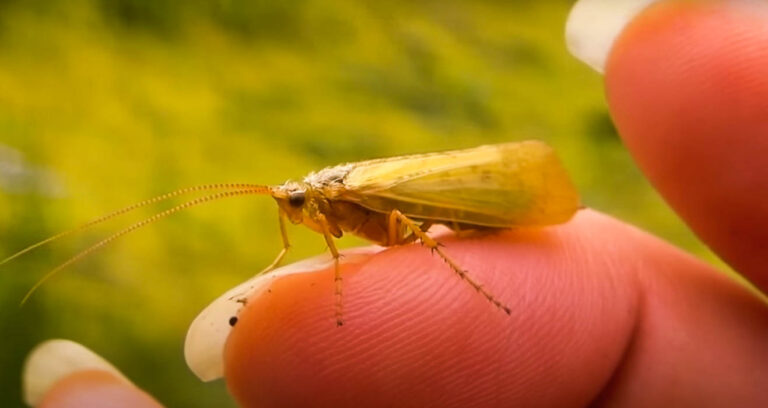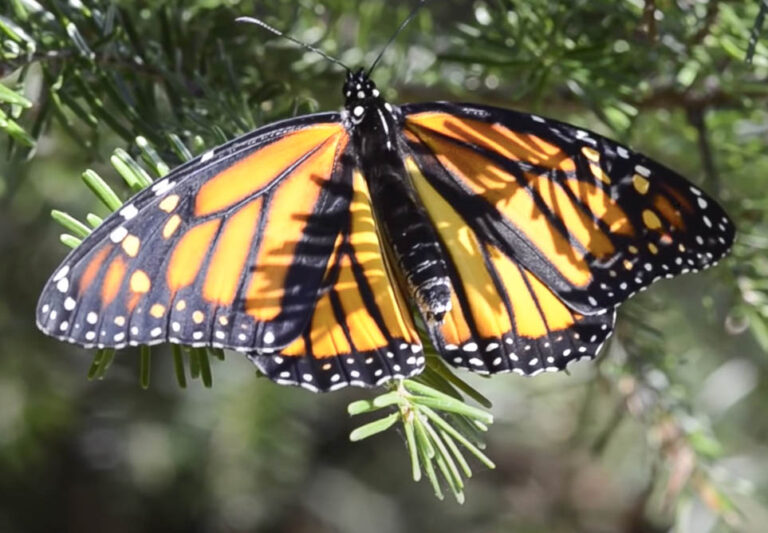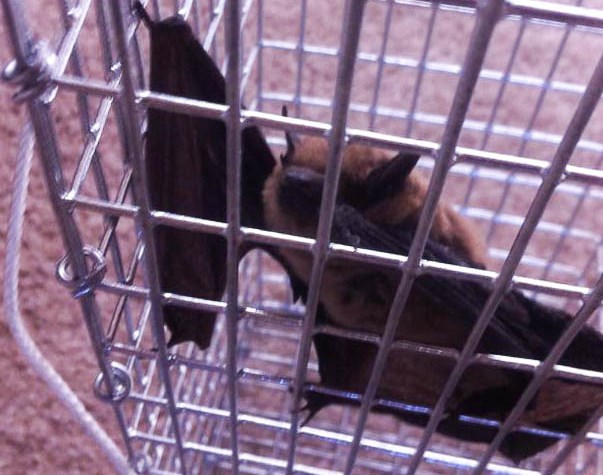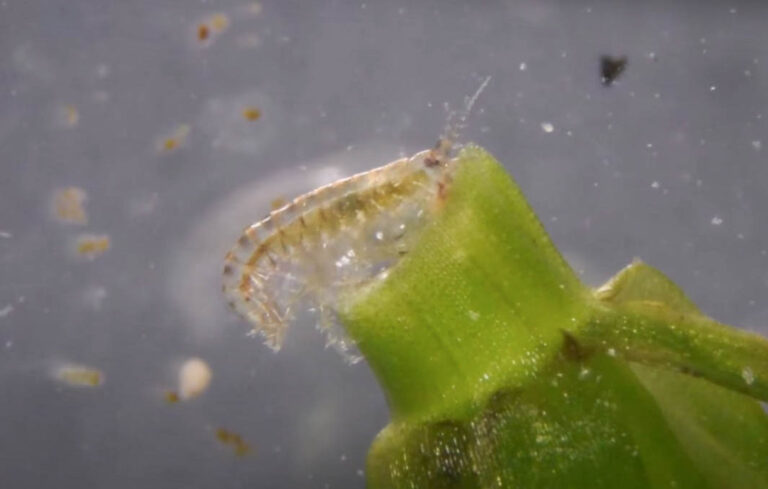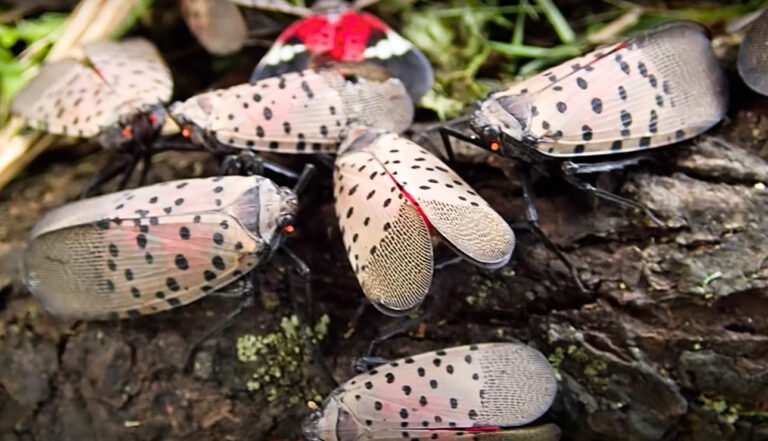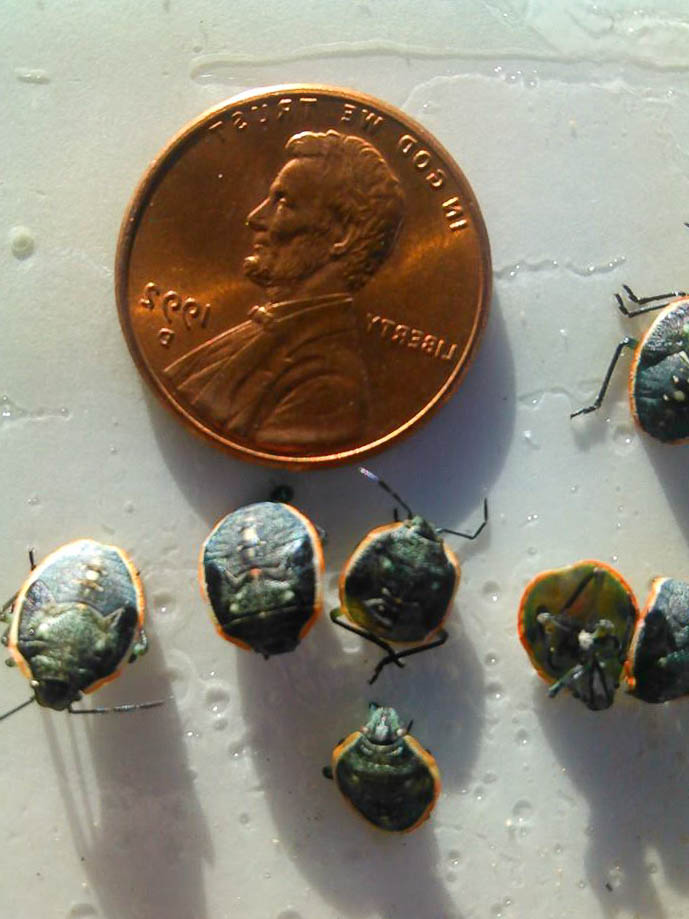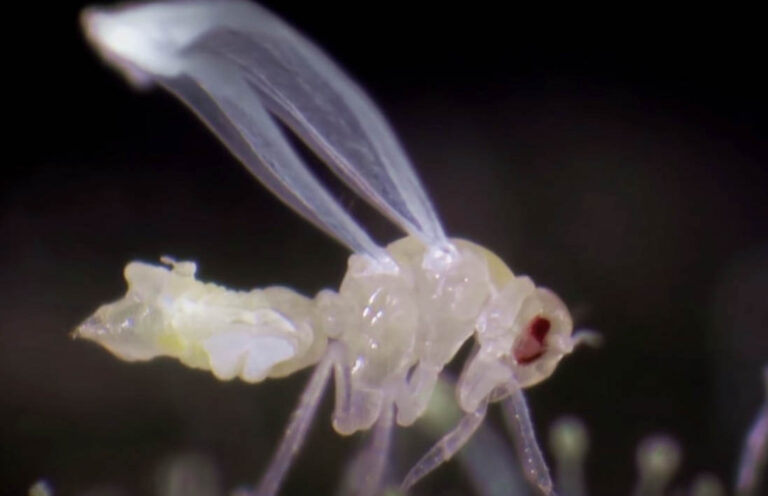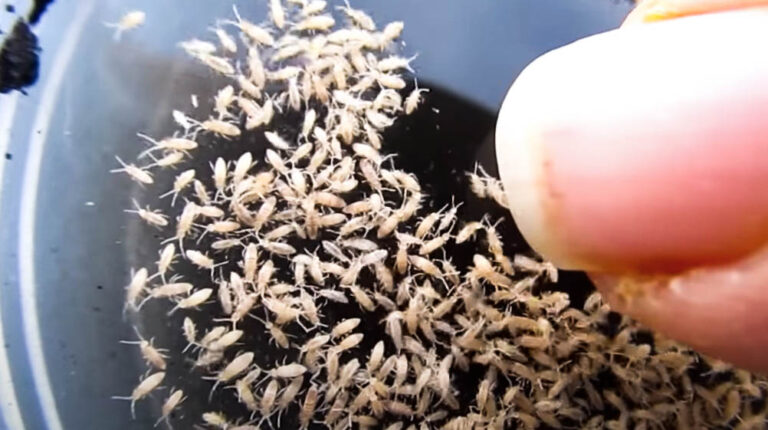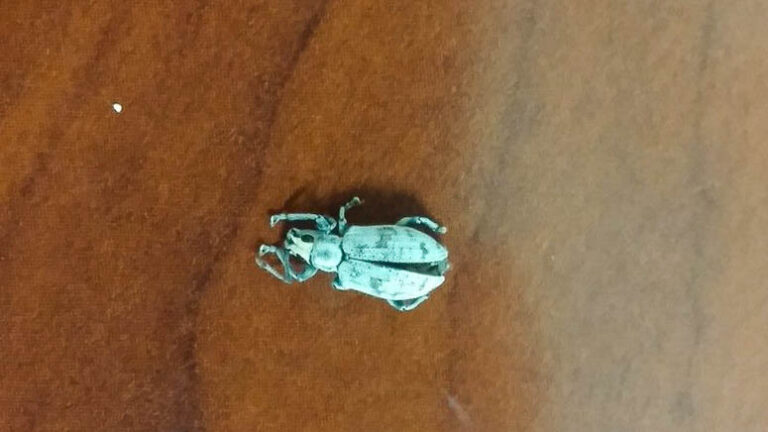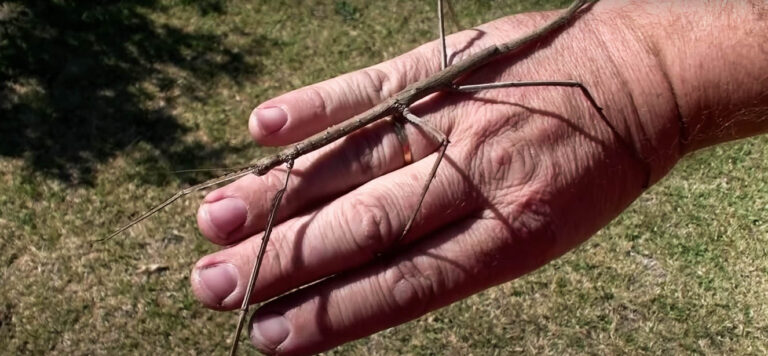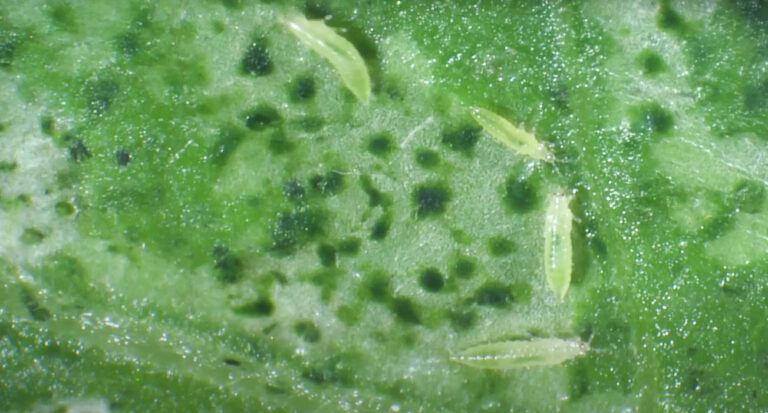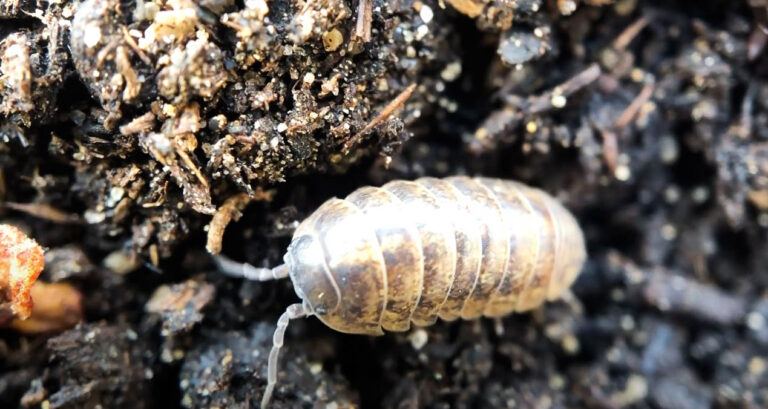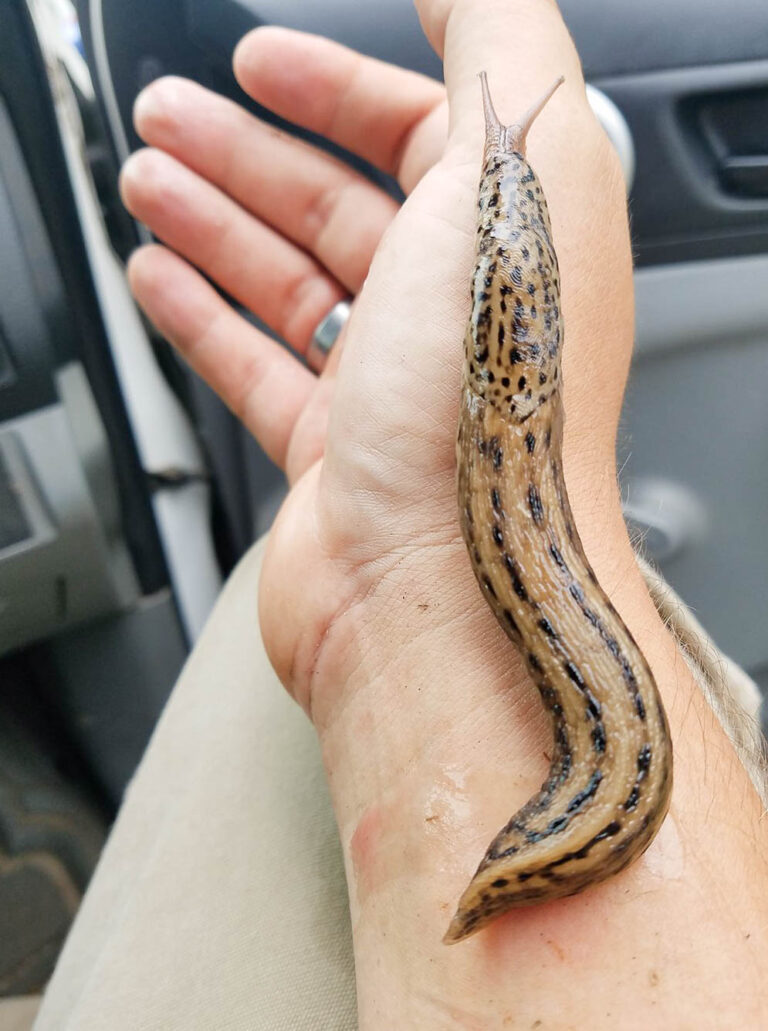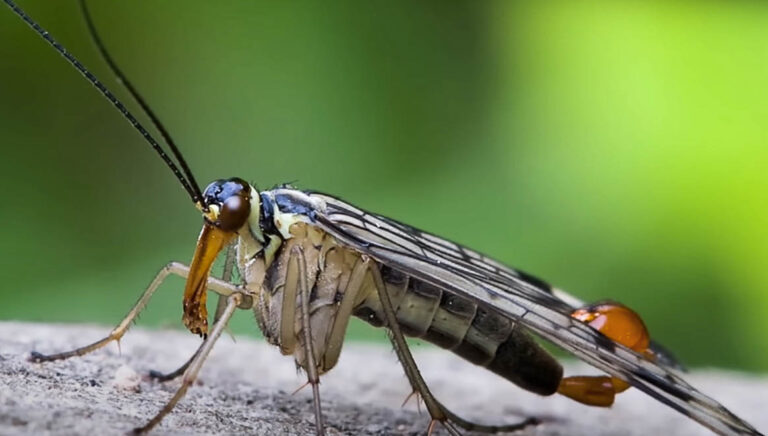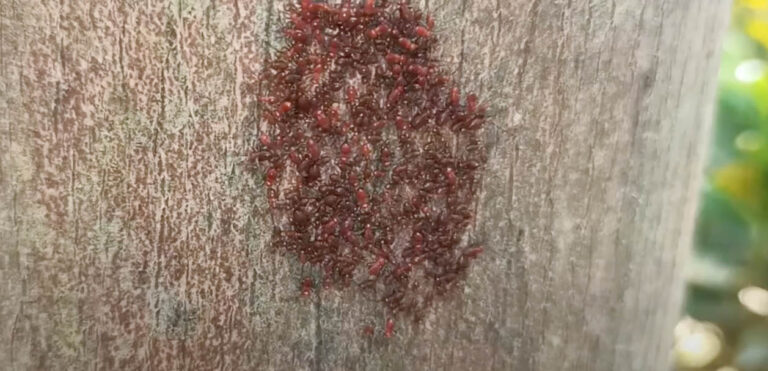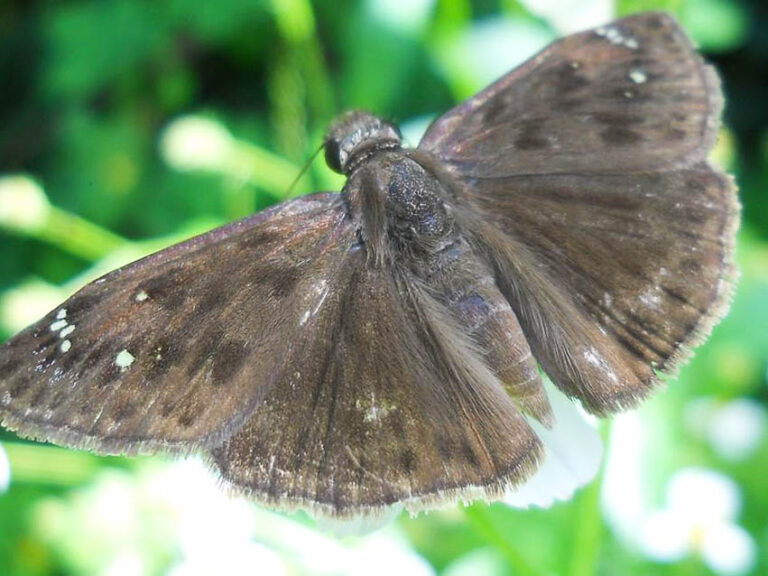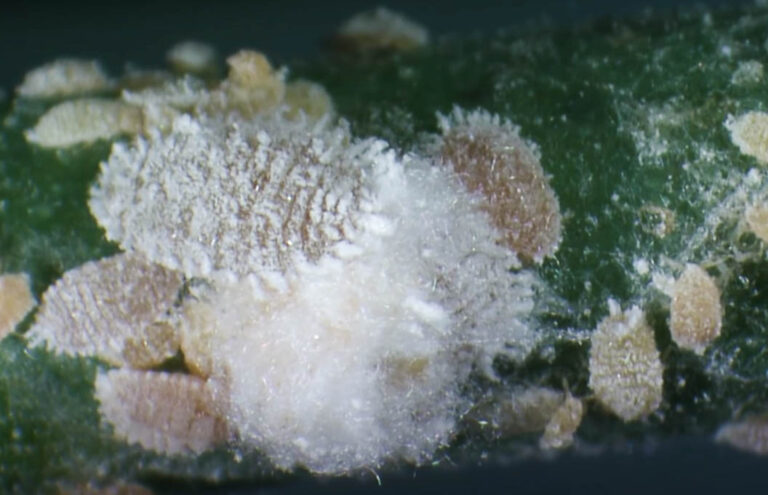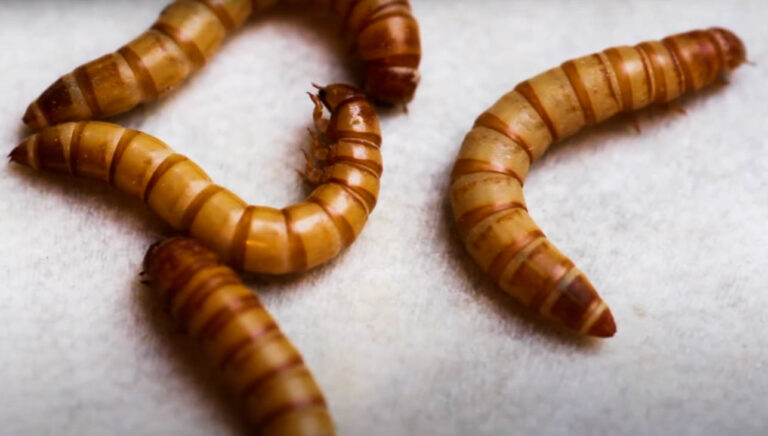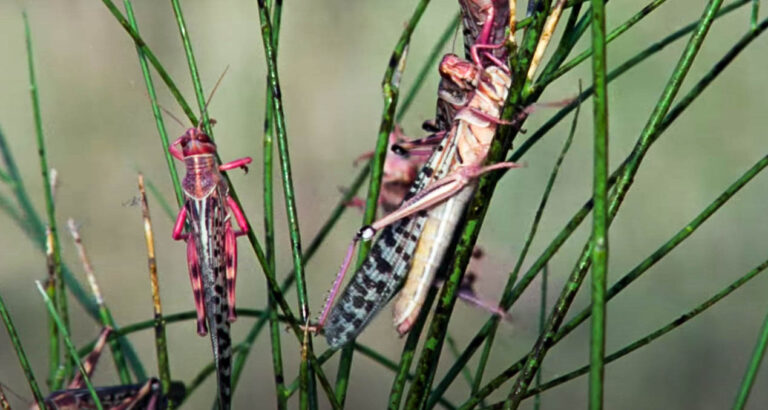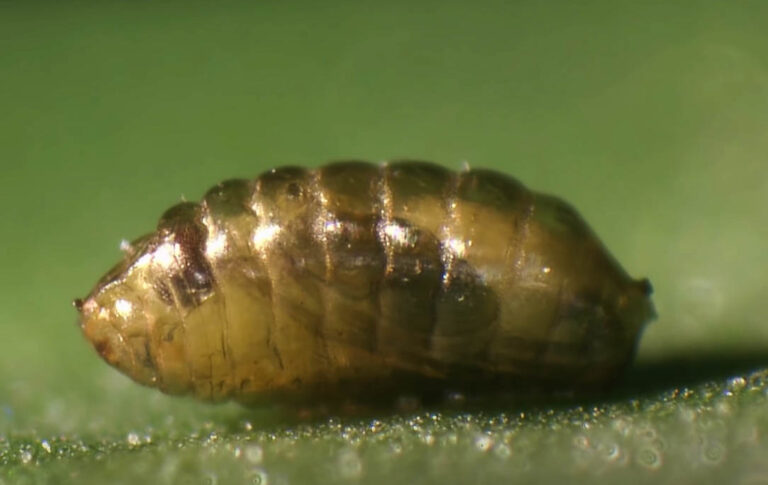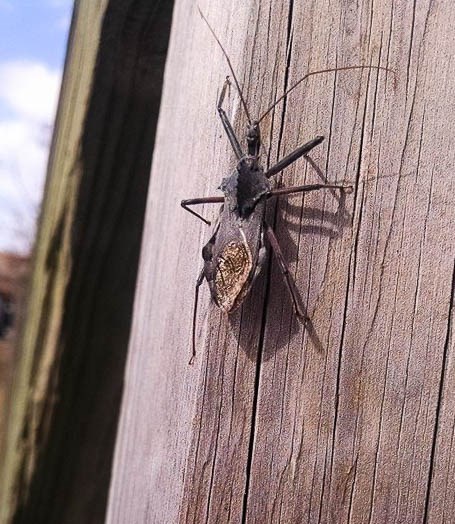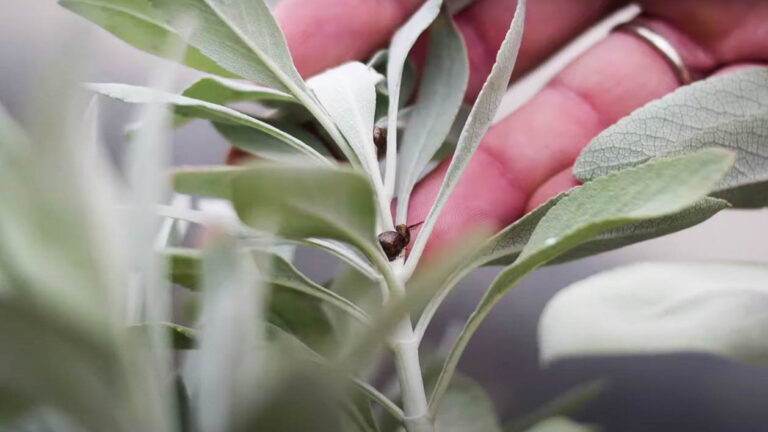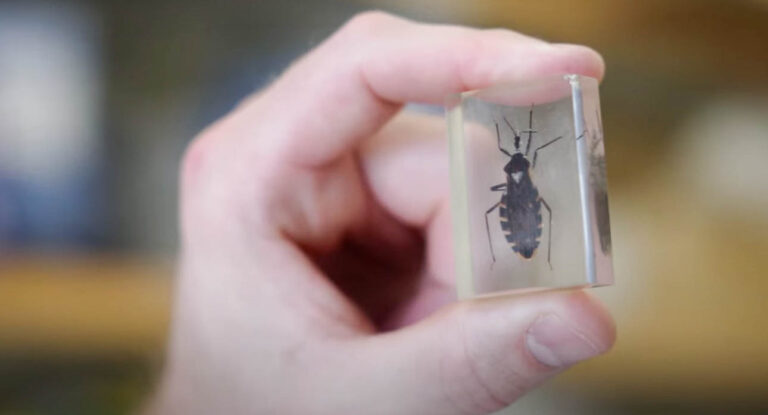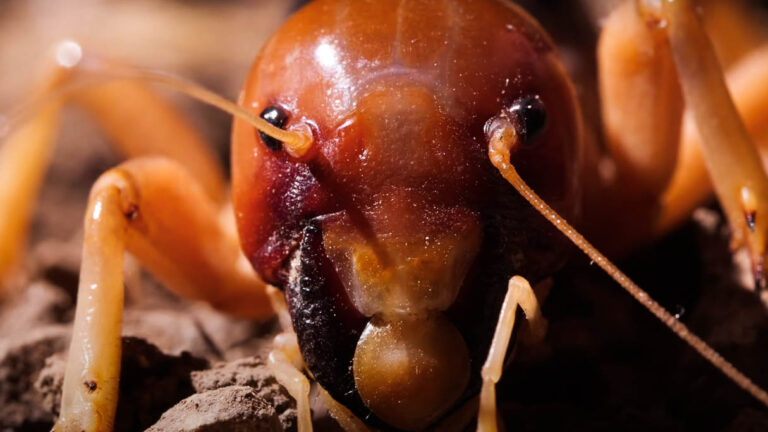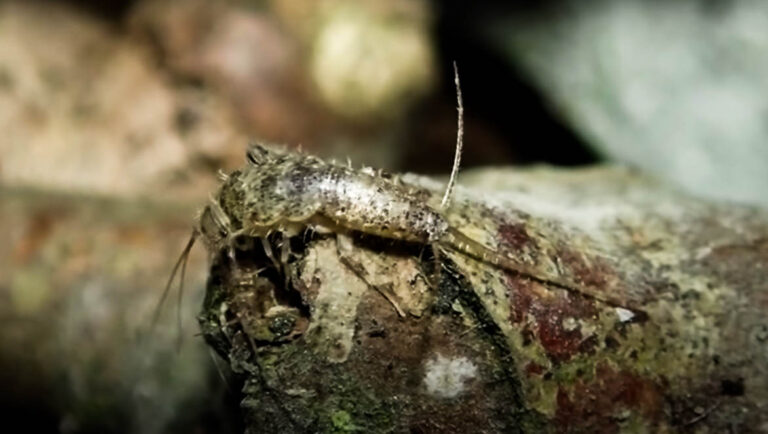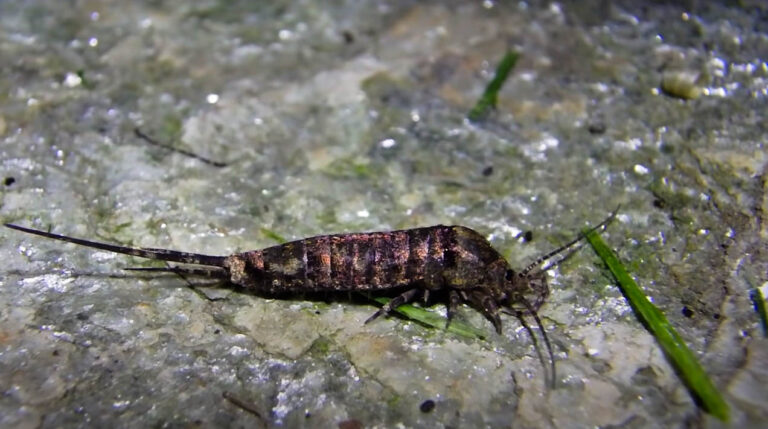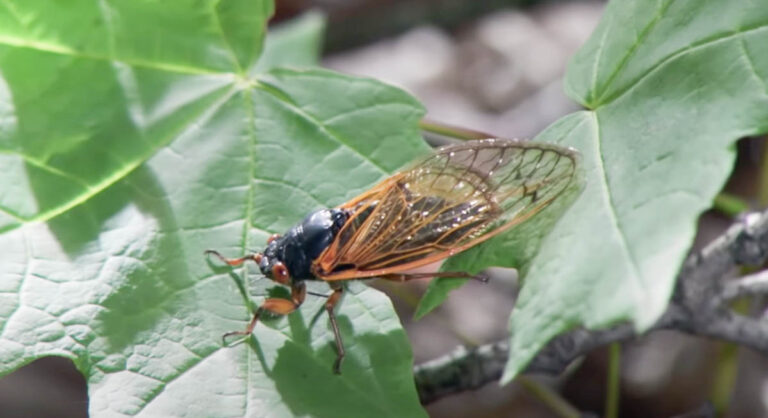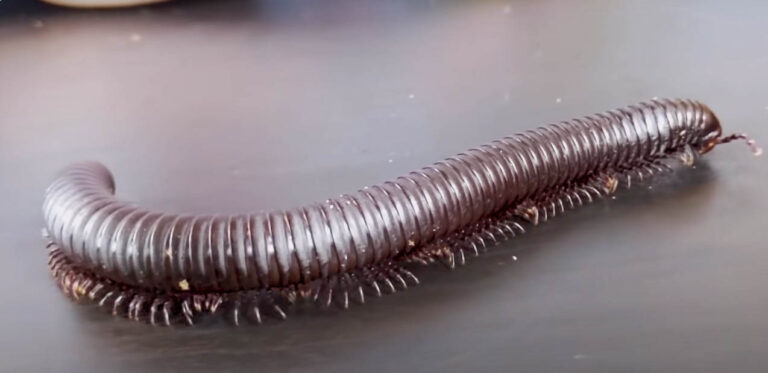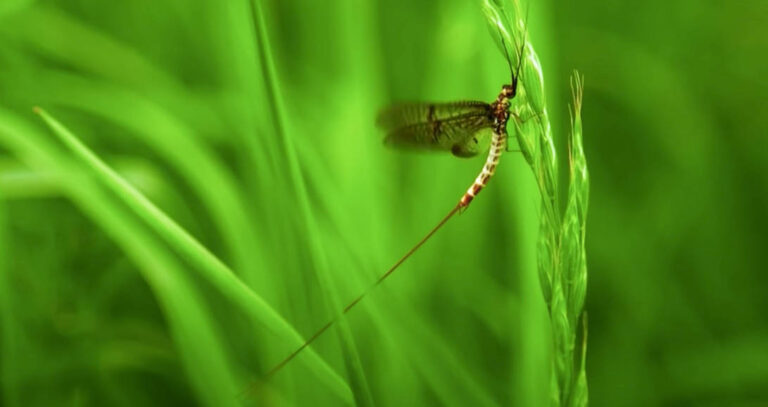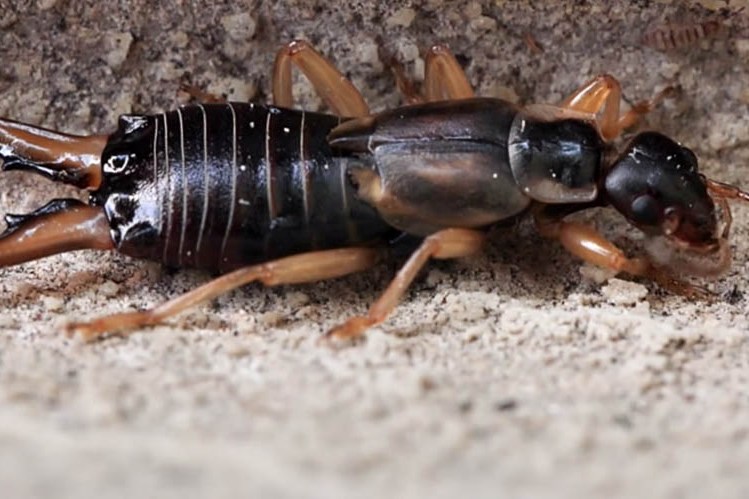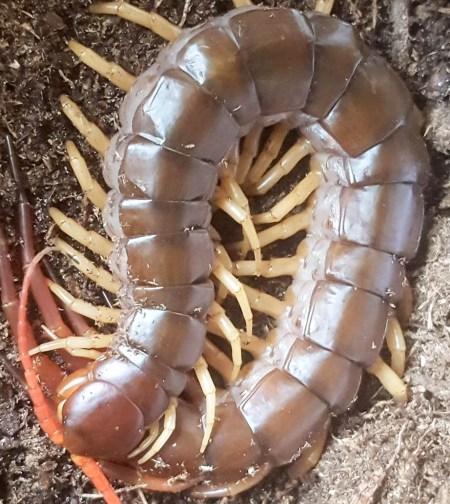About Mealybugs
About Mealybugs
Mealybugs are small oval-shaped insects with a small body. They are covered with white powdery wax that enables them to stay hidden while they carry out their disastrous activities. These insects can easily be seen lurking on or around plants and from afar they often look like small spots of cotton.
Another distinctive feature about this powdery coated insect is its extended projections at the end of its body. Although, the presence of this depends on the species of the mealybug. If present, the extended projection on their body gives them the false appearance of having many legs.
Naturally, mealybugs are slow animals and tend to always attach themselves to a fixed position whenever they find a suitable spot. In this state, they usually look immobile. And unlike other insect pests, the males and females look quite different from each other. Below is a quick physical description of both male and female mealybugs
Appearance
- Adult male mealybugs – Male mealybugs have an interesting life cycle. They only live for a short time and are not capable of feeding. Their only purpose is to reproduce and mate with the female. They are smaller than female mealybugs and they also have a pair of wings for flight.
- Adult female mealybugs – Unlike their male counterparts, they have soft bodies and are bigger in size. Their body length is about 1/10″ to 1/4″ and their body has a waxy material which they use in protecting their eggs.
Behavior
Despite their reduced mobility, mealybugs are capable of causing devastating effects if left unchecked. To survive, they suck sap juice from the leaves of plants. These activities weaken the leaves of plants and make them turn yellow and eventually wilt and drop off. These tiny insects also produce a sticky substance called honeydew. This substance increases the rate of mold growth on plants. Being a sweet substance, it also attracts ants to plants. The reproductive behavior of mealybugs is another fascinating feature of this insect pest. After fertilization, the female lays her eggs and deposits them in a cotton-like pouch that stays attached to her until they hatch. Depending on the weather conditions at the time, the eggs hatch into tiny grubs called “crawlers”. The name crawler is given to them because they crawl away from their mother to a favorable spot where they continue to feed and then mature. It takes a crawler an average of 1 to 2 months to attain maturity.
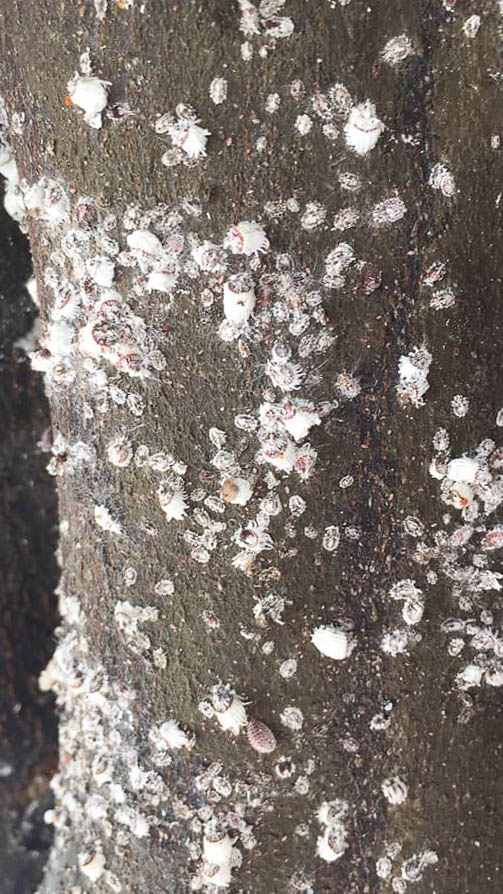
Habitat
These tiny insects are plant feeders and will often be found in places where there is an abundance of plants to feed on. As a result of this, you will find them in your garden, on indoor plants, and on trees with fresh leaves around your house. Also, they will heavily infest plants in greenhouses, businesses, and homes.
Damage They Cause
When it comes to the damages caused by mealybugs, seeing the damages yourself is the only way to know the level at which these insects can damage any plant they infest. These insects gradually suck the sap of leaves and make it turn yellow, therefore making it impossible for the plant to carry out photosynthesis. If this is not controlled, the plant will dry and die. Mealybugs are not carriers of any kind of disease, hence they don’t affect the health of humans in any way.
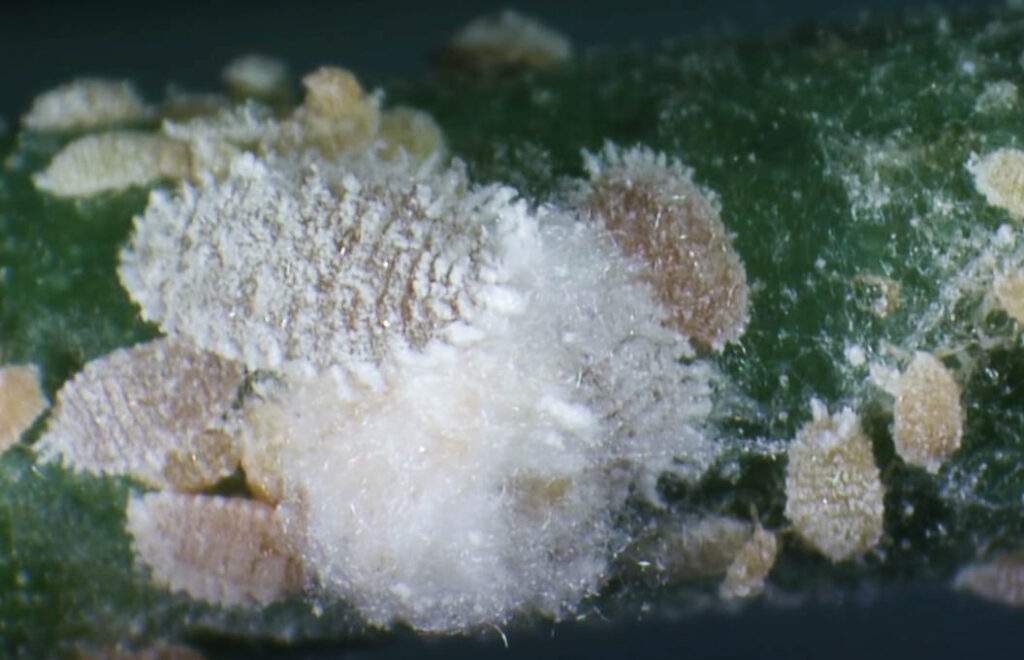
Infestation Signs
Mealybugs are silent destroyers, as a result of this, you might not notice their presence unless you are familiar with their activities. Some obvious infestation signs of mealybugs include yellowing of leaves, the premature dropping of fruits, stunted growth, and falling of leaves. Mealybugs suck sap from plants both at the nymph and adult stage
How to Get Rid of Mealworms
If you suspect the presence of mealybugs in your home, the best you can do is hire a professional to help inspect your home and prepare a treatment plan which can be used to eradicate the mealybugs in your home. If you feel you can handle the situation all by yourself, you can use an alcohol-soaked cotton swab to remove the mealybugs. Also, you can expose the infected part of the plant to running water or wash it with soapy water. Note that these mealybug removal methods can only be effective if the mealybugs are not widely spread.
